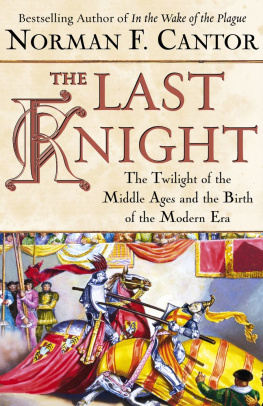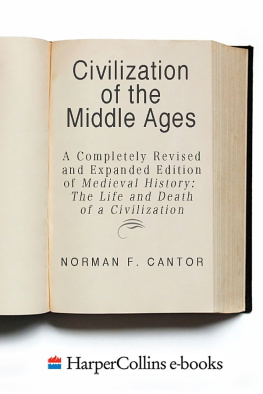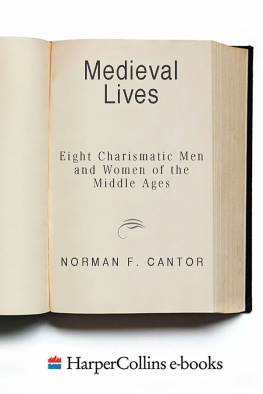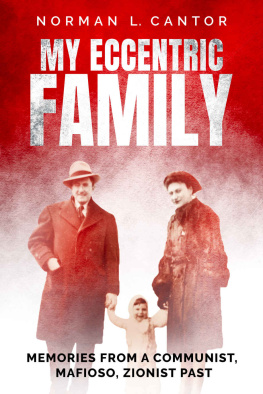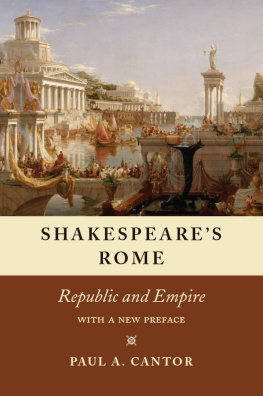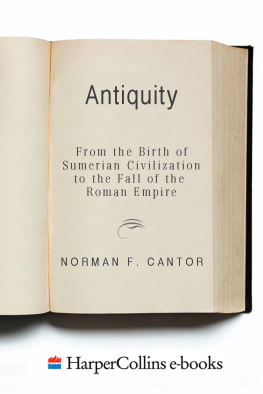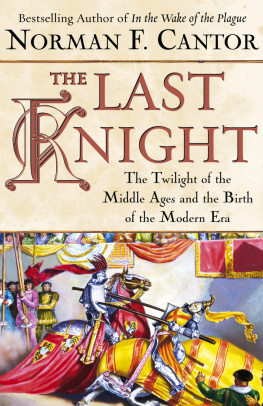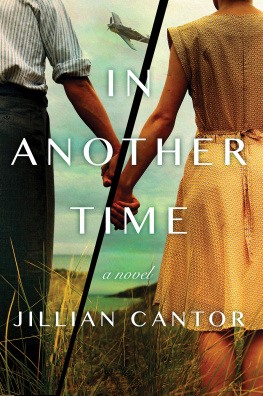Norman F. Cantor - In the Wake of the Plague
Here you can read online Norman F. Cantor - In the Wake of the Plague full text of the book (entire story) in english for free. Download pdf and epub, get meaning, cover and reviews about this ebook. publisher: Free Press, genre: Art. Description of the work, (preface) as well as reviews are available. Best literature library LitArk.com created for fans of good reading and offers a wide selection of genres:
Romance novel
Science fiction
Adventure
Detective
Science
History
Home and family
Prose
Art
Politics
Computer
Non-fiction
Religion
Business
Children
Humor
Choose a favorite category and find really read worthwhile books. Enjoy immersion in the world of imagination, feel the emotions of the characters or learn something new for yourself, make an fascinating discovery.
- Book:In the Wake of the Plague
- Author:
- Publisher:Free Press
- Genre:
- Rating:5 / 5
- Favourites:Add to favourites
- Your mark:
- 100
- 1
- 2
- 3
- 4
- 5
In the Wake of the Plague: summary, description and annotation
We offer to read an annotation, description, summary or preface (depends on what the author of the book "In the Wake of the Plague" wrote himself). If you haven't found the necessary information about the book — write in the comments, we will try to find it.
In the Wake of the Plague — read online for free the complete book (whole text) full work
Below is the text of the book, divided by pages. System saving the place of the last page read, allows you to conveniently read the book "In the Wake of the Plague" online for free, without having to search again every time where you left off. Put a bookmark, and you can go to the page where you finished reading at any time.
Font size:
Interval:
Bookmark:
More from the Author |
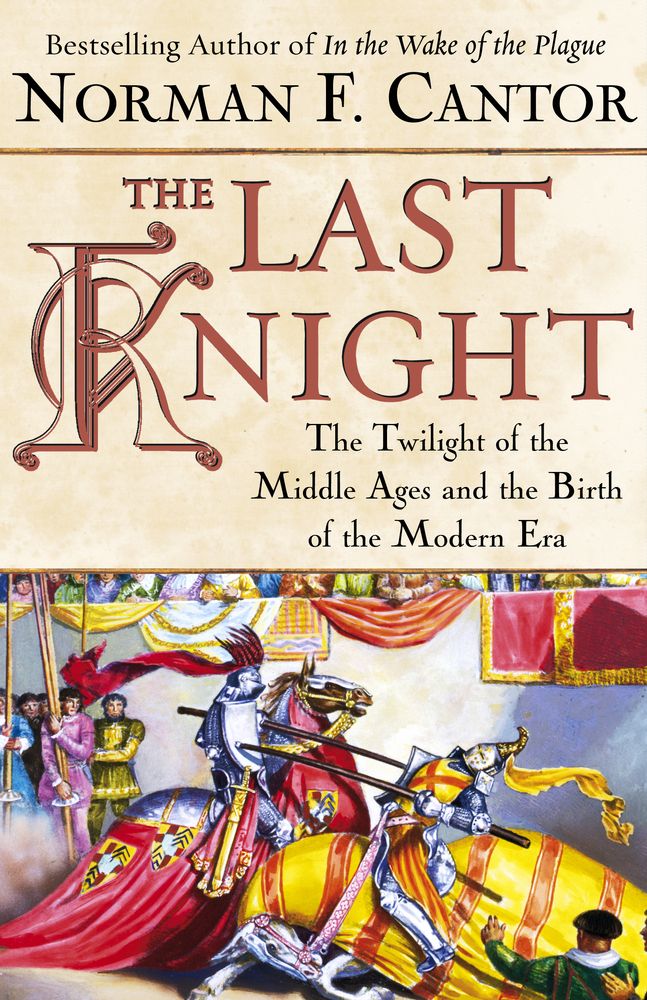 |
The Last Knight |
These are indispensable introductions to the political and social context in which the Black Death in England occurred: Maurice H. Keen, English Society in the Later Middle Ages (London: Penguin, 1990); Stephen H. Rigby, English Society in the Later Middle Ages: Class, Status, and Gender (New York: St. Martins, 1995); Michael Prestwich, The Three Edwards (London: Weidenfeld and Nicholson, 1980); W. Mark Ormrod, The Reign of Edward III (New Haven: Yale University Press, 1990); John Hatcher, Plague, Population and the English Economy (London: Macmillan, 1977); Christopher Dyer, Standards of Living in the Late Middle Ages (New York: Cambridge University Press, 1989); Paul Strohm, Social Chaucer (Cambridge, Mass.: Harvard University Press, 1989); Clifford J. Rogers, The Wars of Edward III (Rochester, N.Y.: Boydell, 1999); Rodney H. Hilton, Bondsmen Made Free (New York: Methuen, 1977); Barbara W. Tuchman, A Distant Mirror: The Calamitous Fourteenth Century (New York: Knopf, 1978); Jonathan Sumption, The Hundred Years War, 2 vols. (Philadelphia: University of Pennsylvania Press, 1991, 1999); Nigel Saul, Richard II (New Haven: Yale University Press, 1997); and Michael Bennett, Richard II and the Revolution of 1399 (Gloucestershire: Sutton, 1999). The works by Prestwich, Rigby, and volume one by Sumption are particularly illuminating.
On literary, intellectual, and religious history two works originally published in 1933 remain important: G. R. Owst, Literature and Preaching in Medieval England (New York: Barnes and Noble, 1966); Karl Young, The Drama of the Medieval Church (Oxford: Clarendon Press, 1967). In addition are three recent substantial works: Gordon Leff, Bradwardine and the Pelagians (London: Cambridge University Press, 1984); Edward Grant, The Foundation of Modern Science in the Middle Ages (London: Cambridge University Press, 1996); Norman Kretzmann et al., eds., The Cambridge History of Later Medieval Philosophy (Cambridge: Cambridge University Press, 1982). Donald R. Howard, Chaucer: His Life, His Works, His World (New York: Dutton, 1987), is the best book on the subject and brilliantly written; Paul Binski, Medieval Death (Ithaca, N.Y.: Cornell University Press, 1996), is careful, learned, and insightful; Jean Delemeau, Sin and Fear (New York, 1991), is weird and verbose but interesting; Ann Hudson, ed., Selections from English Wycliffite Writings (Toronto: University of Toronto Press, 1997), has an extremely valuable introduction and notes; Caroline Walker Bynum and Paul Freedman, eds., Last Things: Death and the Apocalypse in the Middle Ages (Philadelphia: University of Pennsylvania Press, 2000), is also useful, particularly the paper by Laura A. Smoller.
Works that argue for a strong impact of the Black Death on art and literature are Millard Meiss, Painting in Florence and Siena After the Black Death (Princeton: Princeton University Press, 1957, 1964); Daniel Williman, ed., The Black Death: The Impact of the Fourteenth Century Plague (Binghamton: N.Y.: Center for Medieval and Renaissance Studies, 1982), especially the major papers by Aldo S. Bernardo and Robert E. Lerner. Meiss famously argued that after the 1340s calamities there was a temporary reversion in north Italian art back to the quasi-abstraction of the twelfth century and away from the humanistic naturalism of Giotto. We do not know what would have happened in art and literature without the Black Death, but my counterfactual speculation is that the cultural development of the late fourteenth century would have been much the same without the plague.
On monastic life after the Black Death an instant classic was Barbara F. Harvey, Living and Dying in the Middle Ages (London: Oxford University Press, 1993), drawing heavily from the detailed records of Westminster Abbey. Remember how late medieval poets and satirists portrayed monks as fat and gluttonous and this hostile view was deprecated by generations of historians? It turns out that the poets and satirists were right.
On the Black Death in Italy, see William M Bowsky, A Medieval Italian Commune: Siena Under the Nine 12871355 (Berkeley: University of California Press, 1981); John Henderson, The Black Death in Florence, in S. Bassett, ed., Death in Towns (Leicester: University Press, 1992); Samuel K. Cohn, Jr., The Cult of Remembrance and the Black Death: Six Renaissance Cities in Central Italy (Baltimore: The Johns Hopkins University Press, 1992).
Ultimately, definitive knowledge of the biomedical and social components of the Black Death will not be achieved unless two vast research projects are systematically undertaken and come close to completion.
A. The historical human genetic map, going back 144,000 years, is nearing completion. Use of DNA studies is needed to determine the physiological and biochemical ingredients of the pandemic of the midfourteenth century, involving genetic analysis of human fossils and preferably cell tissue. Cell tissue is most likely to be found in bodies dug out of Arctic permafrost. From work done so far, an inherited genetic structure derived from the Black Death appears to have provided immunity from HIV/AIDS today.
B. A thorough combing has to be undertaken of the vast judicial, manorial, and urban records of fourteenth-century England to establish the trends in demographic, social, economic, and political change. Zvi Razis studies of the manorial court rolls in the 1980s and 1990s for population statistics (especially Life, Marriage, and Death in a Medieval Parish, Cambridge University Press, 1980) showed what could be achieved by such microcosmic work. The vast English judicial records, royal and local, alone constitute enough labor for a generation of scholars: There is little incentive and reward system to undertake this gargantuan project. Learned foundations are no longer interested in this kind of long-term project.
Phillip Ziegler, The Black Death (London: Sutton, 1997, originally published in 1965). The text did not change in subsequent editions and printings; this edition added pictures. Highly readable and out of date.
Jean-Noel Biraben, Les Hommes et la Peste , 2 vols. (The Hague: Mouton, 1975), is a characteristic product of the French Annales schoolverbose, unfocused, and now out of date. But information in the book on the Black Death in France, particularly Bordeaux, remains valuable.
Robert Gottfried, The Black Death: Natural and Human Disaster in Medieval Europe (New York: The Free Press, 1983). Similar to Zeiglers book but better informed; a useful synthesis. But Graham Twiggs biomedical study, appearing a year later, gave new perspectives. Excellent bibliography. The text could have been much better.
David Herlihy, The Black Death and the Transformation of the West , ed. and with an introduction by Samuel K. Cohn, Jr. (Cambridge, Mass.: Harvard University Press, 1997). The publication date is deceptive. The books three chapters were delivered as public lectures at the University of Maine in 1985 and published with very little change by Cohn, Herlihys student, at the urging of Herlihys devoted widow. The first chapter on Historical Epidemiology and the Medical Problems is worth close reading, although Herlihys dismissal of Twiggss book, published the year before his 1985 lectures, significantly derogates from the value of Herlihys argument.. The last two chapters of Herlihys book are puff pieces of speculative nature, unusual for Herlihy, and are of modest value. Cohns astute introduction is excellent.
Font size:
Interval:
Bookmark:
Similar books «In the Wake of the Plague»
Look at similar books to In the Wake of the Plague. We have selected literature similar in name and meaning in the hope of providing readers with more options to find new, interesting, not yet read works.
Discussion, reviews of the book In the Wake of the Plague and just readers' own opinions. Leave your comments, write what you think about the work, its meaning or the main characters. Specify what exactly you liked and what you didn't like, and why you think so.

